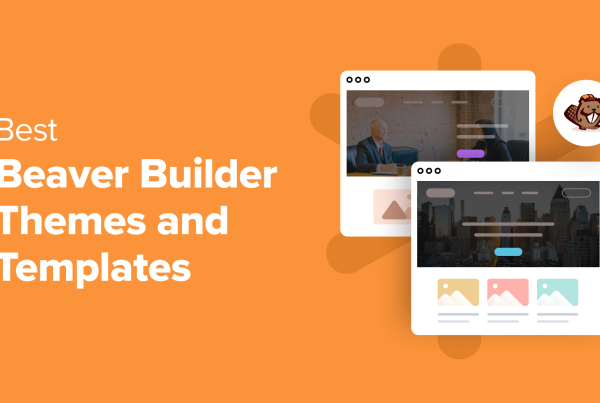When it comes to web development, who’s to say that looking back is such a bad thing? Success in web development depends on one’s ability to learn new skills, practice, and then learn some more. Why not tap into the lessons learned from last year and use them to build your business’s resolutions and goals for 2017?
Here on the Developer Drive blog, we spent a lot of time discussing frameworks in 2016, and with good reason.
‘[F]rameworks are the new programming languages. They are where the latest ideas, philosophies, and practicalities of modern-day coding are found. Some flame out, but many are becoming the new fundamental building blocks of programming.â – InfoWorld
Frameworks empower developers to work better, faster, and to code cleaner than ever before. If you’re still trying to find a resolution for this year, might we suggest it be the mastery of these frameworks?
1. Django
For Python programmers, Django is the framework you’ve got to learn in 2017. Why? Because it’s all about speed.
As websites become more complicated, time-saving techniques and tools will be game changers for your web development business. With the Django framework, you’ll have a versatile framework to help you build different types of websites and applications quickly and securely.
2. Kickstart
For CSS programmers that love to play around with code, you may have missed this framework the first time around, what with it directly competing against Bootstrap.
That said, Kickstart is not for the faint of heart. It’s tiny, it’s got all the standard features, but it really works best when used to create dynamic content. Outside of that, you’ve really got to enjoy coding or finding other frameworks to fill in the gaps.
3. Material Design Lite
Material Design fans, rejoice! There is now a Material Design Lite framework to ease the process of building websites and apps based on Google’s Material Design technique.
Why is this a big deal? Well, because what Google says is gospel (right?) Whether you’re a proponent of Material Design or not, the underlying concept for this style is so closely aligned with minimalism that it would be silly not to learn this framework.
4. Outline
This CSS framework is an example of simple done right.
A quick look at their website and you’ll see that there’s no misconception about what this framework sets out to achieve. This is ‘a lean, mean responsive frameworkâ and it’s meant to work as a starter boilerplate. For developers that need a reliable place to start from, but don’t want to get locked into one specific style or layout, this is the perfect solution.
5. Ruby on Rails 5
Ruby on Rails is one of the most popular frameworks used today. If you’ve spent any time on high-traffic websites like Basecamp, Shopify, Airbnb, or Square, then you’ve experienced firsthand how reliable a framework Ruby on Rails really is.
As Cassandra Naji said, ‘Getting on top of Rails 5 is one resolution that is non-optional for developers in 2017.â With RoR 5.0.1 released at the end of December 2016, now is the perfect time to master it.
6. spaceBase
This CSS framework seems simple in its offering, but its simplicity should not be ignored. If you need something to save you the time in laying down a stable and yet fluid groundwork, this is the framework for you.
It’s also structured in a way that would appease even the most anal-retentive developer. Every grid and every element is broken up into simple, logical units. And with this ultra-modularization comes the ability to truly understand this framework and then customize it to your liking.
7. StringBean
This CSS framework has done something really quite extraordinary. Rather than utilize a 12-point system like most frameworks, StringBean uses 24-column grids; something which enables developers greater control over designing for screens of varying sizes. And, despite its miniature size, it comes chock-full of features you’d expect to see in any traditional-sized framework.
8. Symfony
For feature-rich web development, you can’t go wrong with this PHP framework. This one is all about simplifying the amount of work developers have to do when building websites and apps. So, if speed to market matters to you, this framework is a good choice.
Symfony also gives developers the ability to easily scale web applications over time, so you’re never stuck to a single layout, style, or functionality. This framework comes with built-in flexibility to help you add as much complexity as you want and as you need it.
9. Titon Toolkit
The Titon Toolkit framework is definitely an underappreciated gem. ‘Where other frameworks will, to this day, kind of expect you to accommodate the way they do things, this one’s designed to let you do everything your way, as much as possible.â
The whole point of working with a framework is to make your job easier, so why not use one that will work the way you need it to? This one truly is a ‘toolkitâ of frameworks, coming replete with standard layout styles and elements, as well as a whole host of modules to extend your design capabilities (if you should need them).
Keep Your Eye on These Frameworks in 2017
Everything InfoWorld said about frameworks is true. They are the building blocks of web development, and a totally indispensable and reliable tool that every developer should use in their day-to-day work.
If you’re not doing so already, you should pay close attention to and gain a firm grasp on these 9 frameworks in 2017.












